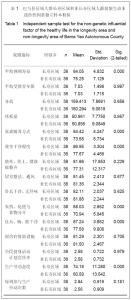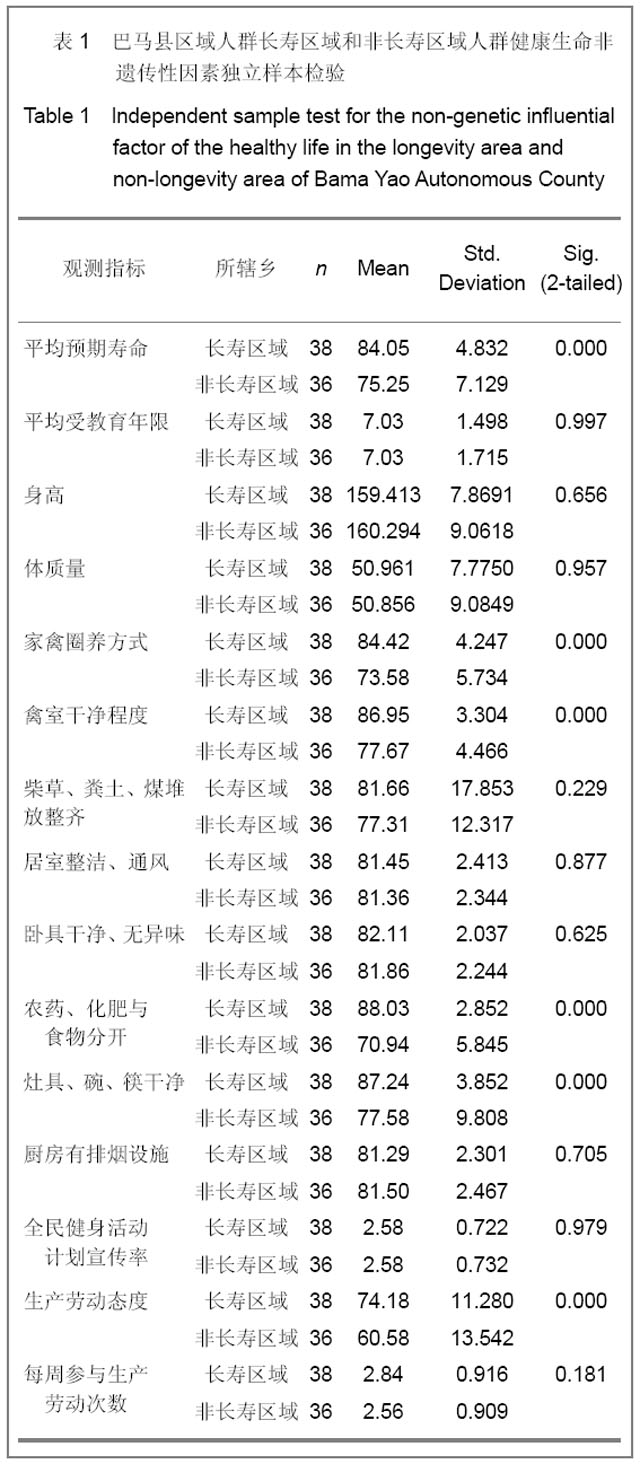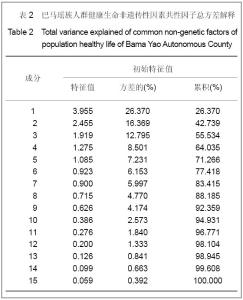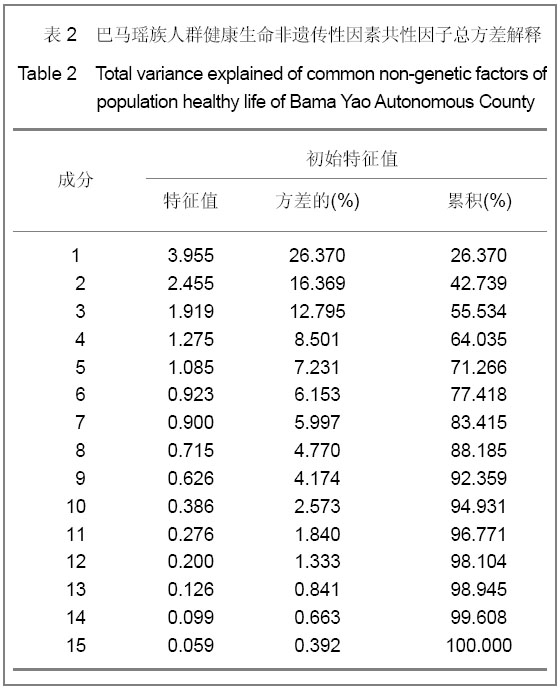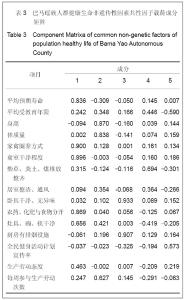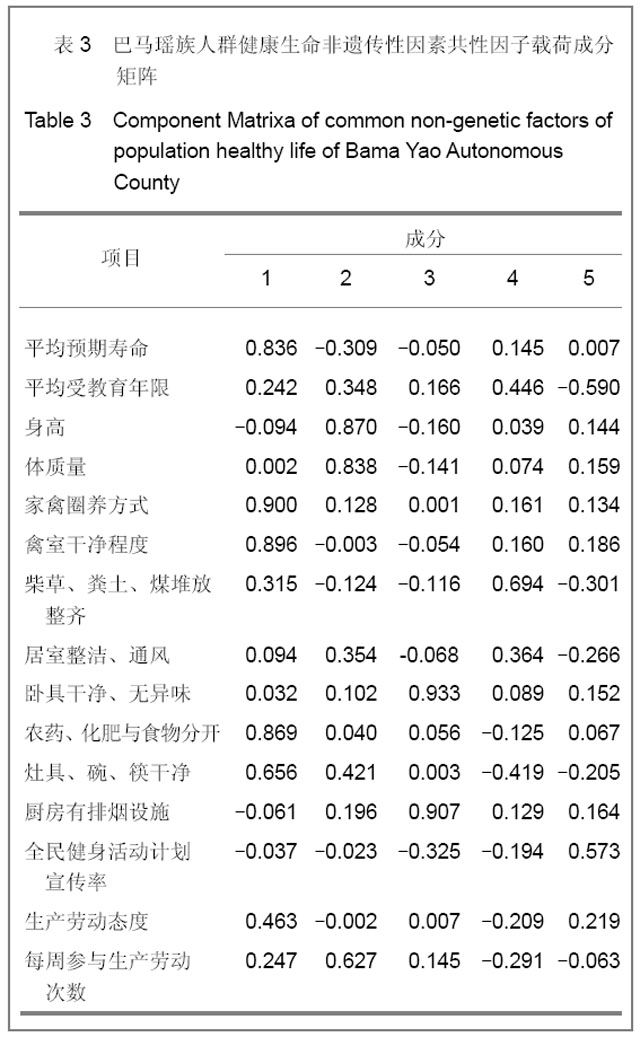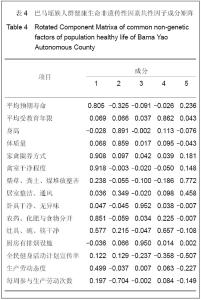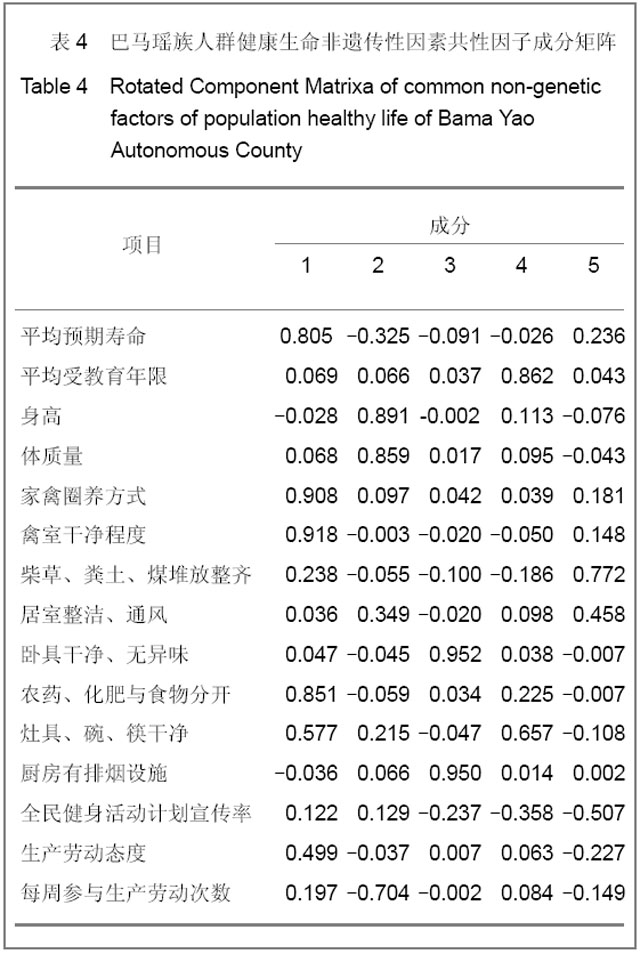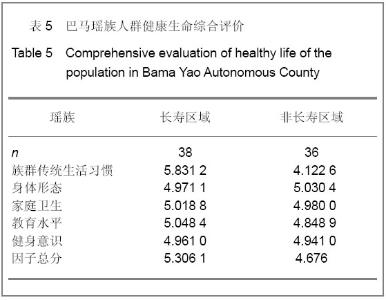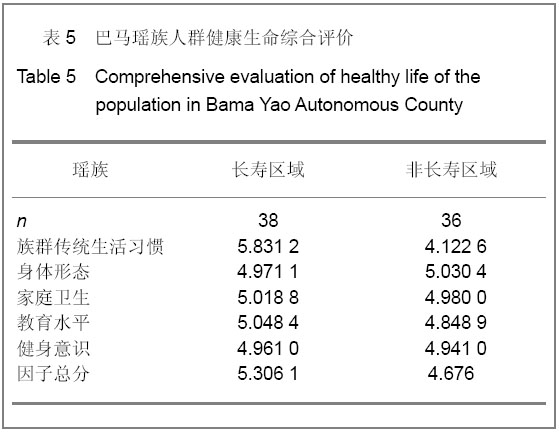| [1] |
Xu Guofeng, Li Xuebin, Tang Yifan, Zhao Yin, Zhou Shengyuan, Chen Xiongsheng, Jia Lianshun.
The role of autophagy in ossification of the human ligamentum
flavum
[J]. Chinese Journal of Tissue Engineering Research, 2020, 24(8): 1174-1181.
|
| [2] |
Song Xudong, He Yunwu, Li Yonglin, Chen Jing, Hu Junlan.
Ultrasound-guided paravertebral nerve block for
zoster-associated pain: a Meta-analysis
[J]. Chinese Journal of Tissue Engineering Research, 2020, 24(11): 1797-1804.
|
| [3] |
Zhong Qiusheng1, Xia Weichao1, Guo Meizhen1, Zhu Haiqing1, Zhong Cuiqiong1, Shao Jieqi1, He Xiaohong2, Chen Xiumin2.
Sandwiched Moxibustion plus Bushen Quhan recipe for treating knee osteoarthritis: a randomized controlled trial
[J]. Chinese Journal of Tissue Engineering Research, 2019, 23(35): 5670-5675.
|
| [4] |
Xiong Fei1, Wei Yishan2.
Reduction for developmental dysplasia of the hip in rabbits: expression levels of Caspase-3 and Bcl-2 in acetabular chondrocytes
[J]. Chinese Journal of Tissue Engineering Research, 2019, 23(31): 4974-4978.
|
| [5] |
Li Xianan, Tian Shaoqi, Wang Yuanhe, Liu Jiangjun, Ding Tao, Chu Guoqing, Sun Kang.
Hydrogen sulfide protects articular cartilage in rabbit models of knee osteoarthritis
[J]. Chinese Journal of Tissue Engineering Research, 2019, 23(31): 4992-4997.
|
| [6] |
Ding Huan1, Chen Lihong1, Chen Yujing1, Yue Rongzhao1, Yang Min1, Xu Guihua2 .
Efficacy of different scraping protocols in the intervention of rat models of lumbar disc herniation based on urine metabolomics
[J]. Chinese Journal of Tissue Engineering Research, 2019, 23(23): 3654-3659.
|
| [7] |
Fan Chaoqun1, Xu Kai2, Nie Mingjian1, Xu Wenfeng1, Wang Mei1.
Evaluation of the cardiopulmonary endurance: cardiopulmonary exercise test versus 6-minute two-step test
[J]. Chinese Journal of Tissue Engineering Research, 2019, 23(23): 3686-3691.
|
| [8] |
Yang Na1, Bao Pingping2, Lei Tao2.
Adiponectin levels in plasma and periodontal tissue of mouse models of diabetic periodontitis treated by adiponectin
[J]. Chinese Journal of Tissue Engineering Research, 2019, 23(23): 3692-3697.
|
| [9] |
Xu Qing, Fang Haolin, Liu Yang, Zhang Cunxin, Tian Baofang.
Proanthocyanidins inhibit high glucose-induced apoptosis in nucleus pulposus cells in a rabbit
[J]. Chinese Journal of Tissue Engineering Research, 2019, 23(21): 3426-3431.
|
| [10] |
Li Xiaoju, Song Guangbao, Yang Jianzhen, Wei Bo, Wu Bin.
Effect of concentrated growth factors on proliferation and differentiation of human gingival fibroblasts
[J]. Chinese Journal of Tissue Engineering Research, 2019, 23(21): 3342-3348.
|
| [11] |
Liu Yan, Yu Xi, He Hongchen, He Chengqi, He Jing.
Biological therapy in rotator cuff injury
[J]. Chinese Journal of Tissue Engineering Research, 2019, 23(20): 3248-3254.
|
| [12] |
Zhang Jinhui1, Zhong Shiyu2.
Pulmonary emphysema quantification on ultra-low-dose CT using model-based iterative reconstruction
[J]. Chinese Journal of Tissue Engineering Research, 2019, 23(19): 3062-3066.
|
| [13] |
Zhang Shiwei, Ma Xiulin, Qi Yusen, Luo Jinwei, Jia Tianyang, Xu Cong, Lü Yongming.
Relationship between the improvement of muscle atrophy and functional outcomes after arthroscopic rotator cuff repair
[J]. Chinese Journal of Tissue Engineering Research, 2019, 23(19): 2996-3001.
|
| [14] |
Yuan Tao1, Wang Yongzhuo1, Huang Yuanzhang1, Xi Gang1, Wei Lei1, 2, Zhang Min1.
Establishment of Indian hedgehog protein conditional knockout mouse models based on Cre/LoxP system
[J]. Chinese Journal of Tissue Engineering Research, 2019, 23(19): 3013-3018.
|
| [15] |
Wu Guang-wen, Ye Jin-xia, Zheng Chun-song, Chen Wen-lie, Liu Xian-xiang, Ye Hong-zhi .
Effect of Tougu Xiaotong capsule on articular cartilage changes in rat models of osteoarthritis
[J]. Chinese Journal of Tissue Engineering Research, 2014, 18(49): 7924-7929.
|
